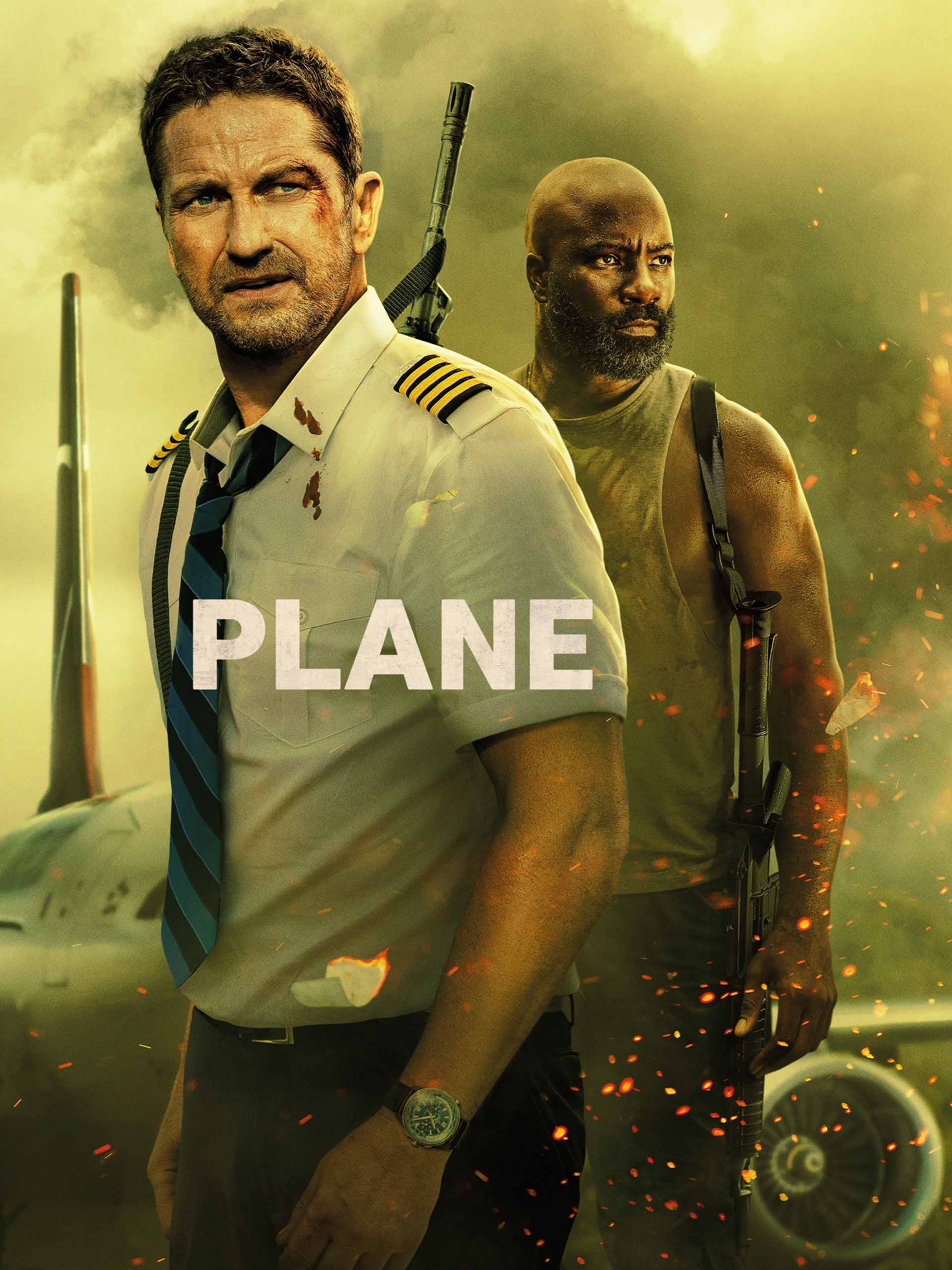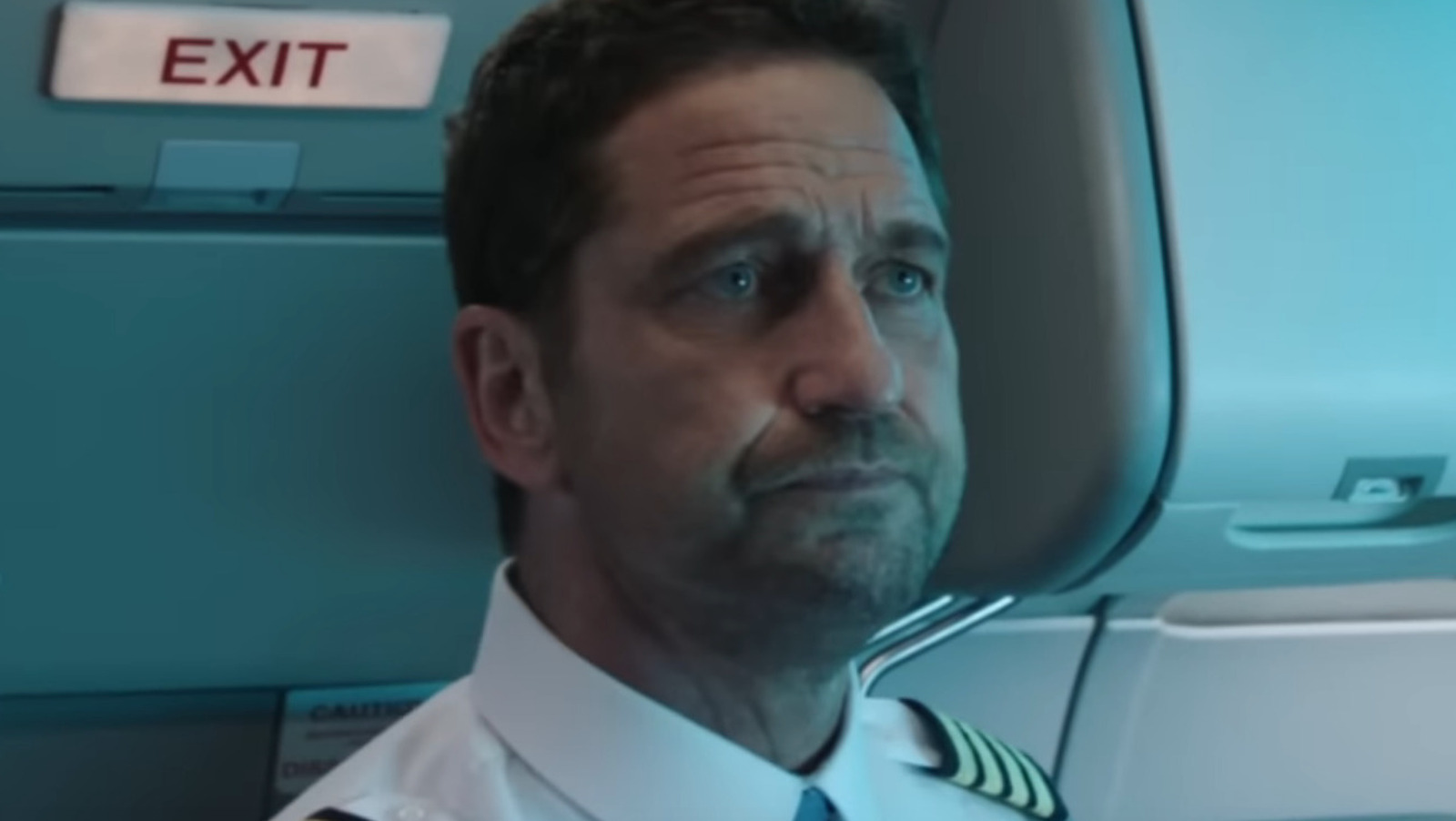Gerard Butler’s latest action film, “Plane,” embraces a direct and unpretentious approach, much like the aptly descriptive titles of films such as “Hobo with a Shotgun” or “Snakes on a Plane.” Despite what the name might suggest, the movie delivers a serious and straightforward action thriller rather than leaning into campy humor.
Critics and audiences alike have discovered that it’s a sincere film, blending high-intensity moments with a grounded narrative. While the plot may not seem entirely plausible, the overall tone leans more toward the gritty realism seen in “The Bourne Identity” rather than the bombastic antics of Samuel L. Jackson’s snake-filled adventure in the skies.

The opening sequences of “Plane” take their time to establish a tense atmosphere, culminating in the inevitable crash depicted in the trailer. Following this event, the passengers of Trailblazer 119 find themselves in a perilous situation, held hostage by insurgents in a lawless region of the Philippines.
The storyline transforms into an island-set “Die Hard,” with Gerard Butler’s Captain Brodie Torrance delivering a gripping performance that portrays vulnerability alongside heroism.
The narrative then dives into the chaotic aftermath of the crash, offering a pulse-pounding journey as Torrance battles to save his passengers. Let’s break down the film’s conclusion to better understand the remarkable events that unfolded.
The climactic moments of “Plane” see Captain Brodie achieving the near-impossible: rescuing most of his passengers with minimal casualties. With just four fatalities—two in the crash and two during the hostage crisis—his efforts are nothing short of extraordinary.
Despite sustaining injuries and operating on sheer determination, he manages to guide his passengers to safety. Assisting him during the rescue is Louis Gaspare, portrayed by Mike Colter, whose mysterious backstory adds depth to the character.
Gaspare’s role becomes pivotal as he aids Torrance in combating the militants, showcasing combat skills honed during his time in the French Foreign Legion. Together, they navigate harrowing challenges, culminating in a daring takeoff to escape the hostile forces pursuing them.
Louis Gaspare’s character remains shrouded in intrigue, with limited details about his past shared during the film. Initially introduced as a fugitive facing extradition to Canada, he offers little explanation beyond claiming he was in the “wrong place at the wrong time.”
Despite this ambiguous backstory, his actions during the crisis paint him as a selfless and resourceful ally. After being freed from his restraints, Gaspare initially disappears but soon returns to assist Torrance. His courage and expertise prove invaluable, as he helps dismantle the militia’s efforts to hold the passengers hostage.
By the end of the film, he vanishes into the jungle with a bag of emergency funds, leaving his ultimate fate uncertain but hinting at his resilience and survival instincts.
While the film maintains a relentless pace, the primary antagonist, Junmar, is given minimal characterization. As the brutal leader of the separatist group holding the passengers, Junmar’s actions reveal his ruthlessness. Scenes of prior hostage executions and his merciless treatment of captives highlight his violent nature.
The tension escalates when Brodie offers himself as a trade for the hostages, leading to a brutal confrontation with Junmar. This conflict sets the stage for the movie’s climax, where Junmar makes a desperate attempt to prevent the passengers’ escape. His efforts ultimately fail when he is dramatically killed by the plane’s landing gear during takeoff, allowing Trailblazer 119 to reach safety.
One of the standout aspects of “Plane” is its focus on the immediate aftermath of the crisis. The film lingers on the emotional toll experienced by the passengers, crew, and Brodie himself. Rather than rushing to a tidy conclusion, it depicts heartfelt moments of gratitude and reflection.
For instance, head flight attendant Bonnie expresses her appreciation to Brodie, while co-pilot Dele acknowledges the honor of working alongside him. These scenes add a layer of humanity, grounding the high-octane action with genuine emotional resonance.
Jolo Island, the film’s setting, adds a layer of authenticity and danger to the narrative. Situated in the Sulu province of the Philippines, the island has been associated with the Abu Sayyaf group, a militant organization known for kidnappings and clashes with government forces.
Although the film’s depiction exaggerates the area’s hostility by suggesting the military avoids it entirely, real-life reports indicate that efforts to combat the group have led to surrenders in recent years.
The film opts to keep the militants’ motivations vague, focusing instead on their role as antagonists driving the story forward. By selecting a real-world location, “Plane” grounds its fictional events in a recognizable setting, enhancing the tension and stakes.



